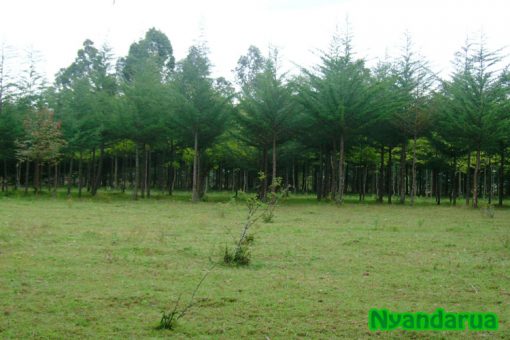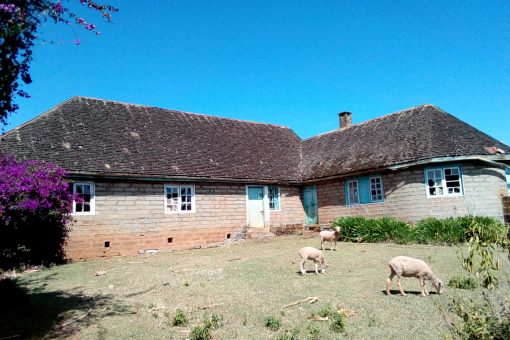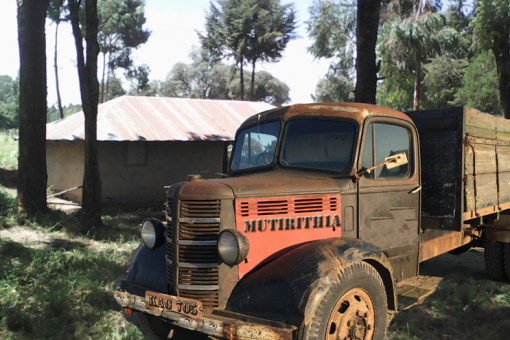OlKalou has produced some mighty successful career people who are very well connected and well traveled. Some of the second generation Nyandaruans who now own and run the County are Architects, Engineers, NGO senior employees, and many other wonderful positions of influence.
I am no expert in any of those fields, but I have some thoughts to share. The above dam which was constructed by the British Colonist who owned part of our Settlement Scheme is now the lifeline of majority of families in the Settlement Scheme especially during the dry season. This dam was meant for the livestock of one farmer, the British colonist who built it. Now it serves hundreds of families. Its water is murky, but families still fetch it for household use while animals walk right into the water to drink, stirring up more filth and relieving themselves right into the water as they drink.
There is plenty of public land all around the dam, land that has not been utilized for decades. There was a time in the 1970s when the Cooperative Society had beautiful vegetable nurseries on that land next to the dam. They grew their nurseries well ahead of the rainy season, watering the seedlings every morning and evening using water from the dam. That was a great resource for the farmers. They prepared their land during the dry season and when the rains started, on that initial first week, the farmers went to the nurseries to purchase their seedlings for Sukuma Wiki, Spinach, Cabbage and any other vegetables they needed. Those were good times. The Cooperative Society collapsed and such wonderful projects died with it. That space has remained unutilized to this date, four decades later.
This is where my Clarion Call sounds for those well connected Nyandaruans of Goodwill. I have often wondered what would happen if a professional Engineer did the following, to help out our families that depend on this precious resource.
-
Build a system that pumps, filters, purifies and treats the dam water so that it is fit for human consumption.
-
Build some water tanks that can hold the clean water after it is purified, designing the tanks in such a way they can also harvest water during the rainy season, saving the dam water for the dry season only.
-
Build a watering pool or troughs for the animals so they can drink from there without walking into the dam like they currently do.
-
Pipe the water to where families can fetch their purified water from taps.
-
Rehabilitate the dam by de-silting it. There has been no maintenance on this precious dam since its British owner left after independence.
-
Fence off the dam so that it remains a reservoir for collecting water without further contamination happening.
When the project is underway, involve the locals to employ an able local team to oversee the management and security of that precious infrastructure. I know they can do this because some decades ago, they successfully planned and implemented a project that was near and dear to their hearts, proving themselves worthy of serious investment. What project was that, you wonder.
After waiting for decades for the government to bring electricity and it never did, and local politicians making electricity a campaign promise every five years, a promise they knew they would never deliver on, our Pioneer Parents got tired of waiting and took the matter into their own hands. They organized themselves, selected an able team, collected money over an agreed period of time, and they brought electricity to our Settlement Scheme without the help of the government or their elected officials. That made me realize, if our people have a genuine person dedicated to leading them for a cause that benefits their community, they will rise up to the occasion: – There is more on this electricity project ahead. Keep reading.



